Forget the Grays—Hair Loss Is the Most Significant Change After 40
So why does talking about it still feel taboo?
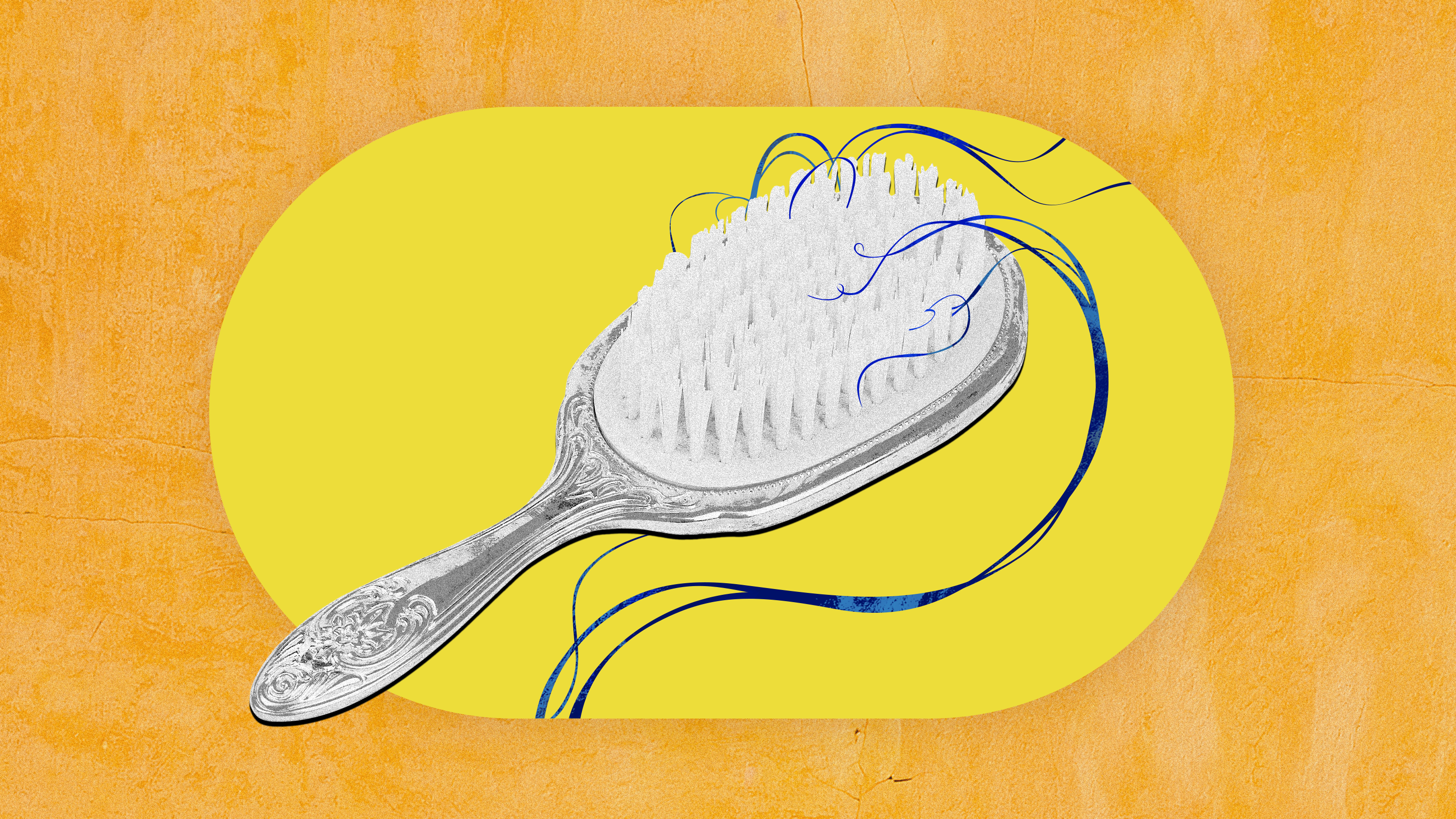
Two years ago, I had my first child. With the joys of a new babbling baby came the infamous postpartum hair loss—quite a bit of it. Think, clumps of hair falling out while pre-detangling, then more as I applied conditioner. It was a fun new plot twist in the emotional rollercoaster that is being a new mom.
My first big shed occurred a few weeks after taking down my protective box braid style, and the second was when I stopped breastfeeding (surprise!). Late night Internet scrolls only got me so far and generally only added to my panic. Should I take hair growth supplements? Did I need to switch up my style? Would I keep losing more hair forever? The questions, and potential solutions, felt endless.
New parent or otherwise, hair thinning and hair loss aren't new phenomena, especially as you age. Male pattern baldness, or male androgenetic alopecia (MAA), is already well-known and widely discussed in popular culture, affecting 30-50 percent of men by age 50. But a nearly equal number of women, 40 percent, will experience their own female pattern hair loss, or FPHL, by age 50. So why does it still feel so taboo to talk about it?
“Thinning hair can be more of a social stigma than graying hair, which is considered normal,” explains board-certified dermatologist Andrea Hui Austin, M.D. FAAD. “Research shows that thick, full hair is a sign of youth, health, and vitality.”
Trichologist Kari Williams, Ph.D, Head of Education at Cécred explains that whether you're 25 or 55, seeing your hair disappear can feel like you're losing control over an important part of your appearance, making it even more difficult to accept. “Knowing that it's a shared experience can help normalize the conversation and encourage seeking effective solutions,” she says.
Still, for me, it was shocking. I always had a healthy relationship with my hair and wasn’t obsessive about its length or fullness, so its rapid shedding sent me into something of a spiral to find a solution.
What Causes Age-Related Hair Loss?
The likelihood of losing your hair as you age is something of a numbers game. Hereditary hair loss—also known as androgenetic alopecia, or genetic hair thinning—is the most common type of hair loss in both men and women. It can begin at any age, from teenage years to your 40s or 50s, depending on your family’s DNA, and typically begins on the crown of your head.
If you’re starting to notice less hair in this area, you can’t just blame your mom or your maternal grandmother for your thinning temples. Rather, it’s a combination of factors and multiple genes from both family lines, according to Dr. Williams.
Dr. Austin encourages clients to do a little digging into their family tree, particularly with female relatives, to understand the possible outcomes for their hair as they age. “It is often helpful to future-proof against hair loss by understanding one's family history and preparing with simple additions to one's routine,” she says (more on that later).
Hormones and Your Hair
Hormonal shifts like giving birth or menopause, in addition to stress and illness, can trigger hair shedding and thinning. The hair is forced into a stage of the hair cycle called telogen effluvium, or resting stage. While stressful, this is a normal part of the hair growth cycle; hormones (including cortisol, also known as the stress hormone) can accelerate this phase and keep you there for longer.
Female pattern hair loss, particularly thinning in the form of your hair part becoming wider and/or your hairline receding, can start as early as your 20s or 30s. But it typically becomes more noticeable as women approach menopause, which typically occurs around age 52, due to a decline in estrogen and progesterone.
“These are hormones that help hair anchor better and grow faster, so the decline can cause slower growth, thinner, less anchored hair that easily falls out,” notes Marie Guanzon Averion, Director of Product Development & Clinical Affairs at The Rootist.
She adds that medications that affect hormone levels can also influence temporary hair growth and loss. “For example, spironolactone is commonly prescribed to treat hormonal acne, but some may experience increased hair growth. In contrast, [hormonal] birth control may cause hair thinness in some women.”
But hair changes aren't only due to your genetics or hormonal changes—that would be too easy. Many more factors, ranging from diet to styling choices, also make an impact.
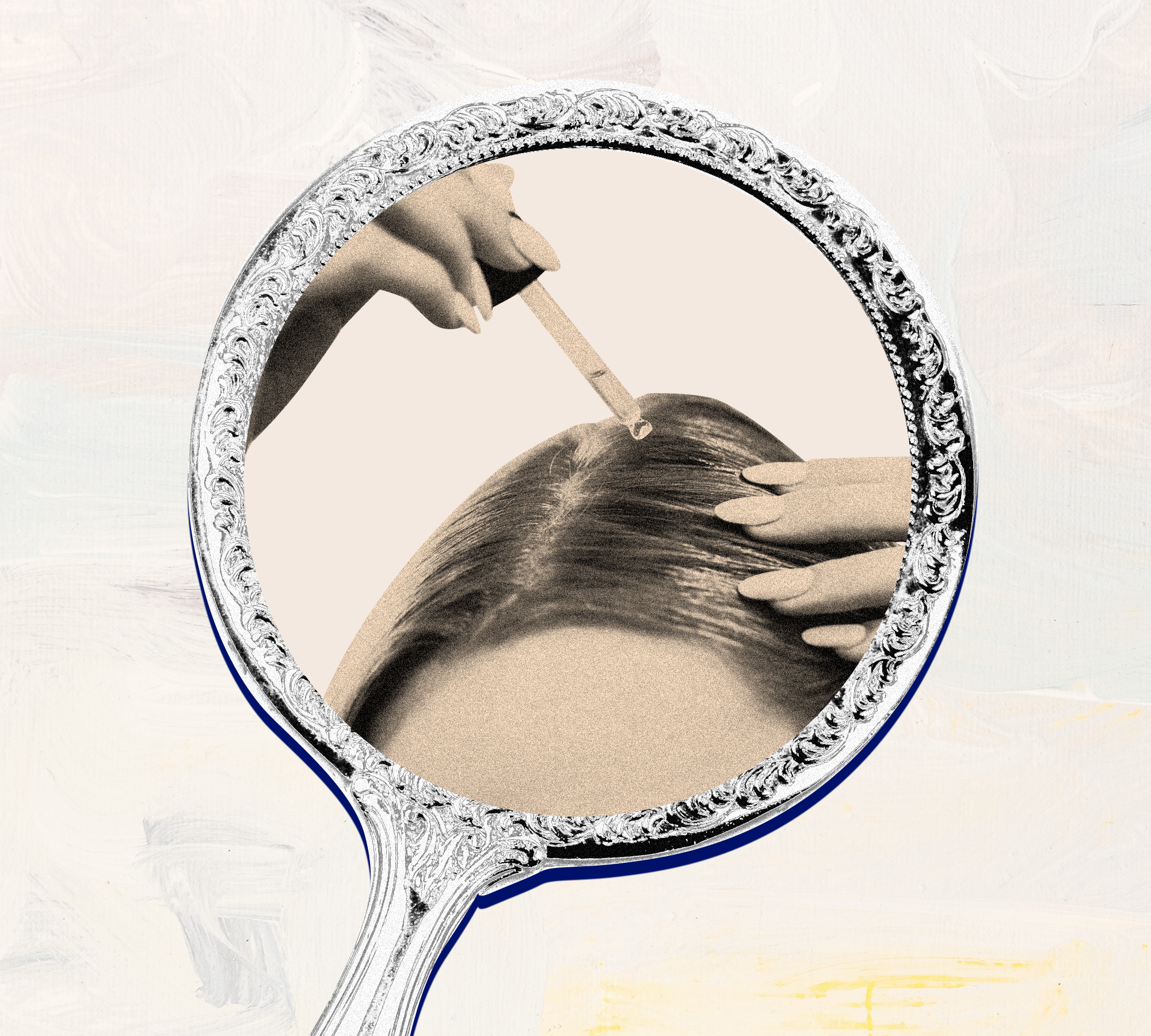
Nutrition and Hair Loss
According to Dr. Austin, one of the most common causes of hair loss is iron deficiency. “Iron is necessary for the growth of healthy hair,” she explains. “There are often other symptoms, such as loss of energy and shortness of breath, that accompany iron deficiency.” She adds that biotin deficiency can also cause hair loss, noting that biotin is necessary for the production of keratin, the major protein in the hair shaft.
In addition to iron and biotin deficiencies, a diet lacking in vitamin D, zinc, B12, folate, copper, selenium, and protein can also lead to hair loss. Brooke Jeffy, M.D., a board-certified dermatologist, adds that rapid weight loss due to crash diets, medications like Ozempic, or surgery may also cause nutrient deficiencies that will negatively influence hair growth. “This happens because inadequate energy is supplied to the hair follicle,” she says.
So if you're eating right and communicating with your doctor about supplements and still experiencing hair loss? It might be time to take stock of your favorite hairstyle.
Hair Styling and Hair Loss
The beauty of hair is that we can use it as a means of self-expression. The downside is that certain choices about how you wear your hair, like tight braids, weaves, or ponytails can contribute to thinning, or worse, traction alopecia, a type of hair loss that occurs when hair is frequently under tension.
According to Dr. Jeffy, “Pulling of the hair consistently with these tight hairstyles leads to inflammation in the scalp and follicles which does not allow the hair to grow easily. Over time, so much inflammation occurs that scarring results which completely destroys the follicle.”
However, she says that it’s unclear how often you would need to wear these styles in order to cause such significant hair loss. A good guideline: switch up your styling to looser options with less tension in order to preserve the health of your hair and follicles.
Dr. Williams adds that chemical treatments like straightening or frequent coloring can weaken the hair shaft, making it more prone to breakage and thinning. So if you’re starting to notice thinning, it might be wise to skip that next relaxer or highlights appointment.
When to Seek Help
While the internet can be a great resource for finding solutions to your hair loss problem, a proper diagnosis from a professional is key, especially if you want to attempt to regrow your hair. If you experience symptoms such as sudden hair shedding (think more than 50-100 hairs daily), new-onset scalp itching or thick flaking, or scalp pain in addition to hair loss, book an appointment with a board-certified dermatologist or trichologist or to help determine the cause and offer treatment options like medication or in-office procedures.
Dr. Austin notes that if there are other medical conditions at play, such as thyroid dysfunction or hormonal imbalances contributing to your hair loss, a board-certified endocrinologist can also help create a thorough assessment and treatment plan.
Treatments for Hair Loss and Hair Thinning
PRP Injections
According to Dr. Austin, the most effective and promising treatment to regrow hair is PRP (platelet-rich plasma) injections. For this procedure, a medical professional will take a sample of your blood and separate the platelets and plasma from the red blood cells with a centrifuge device. This mixture is then injected directly into the scalp multiple times to help stimulate hair growth.
Estimated costs depend on your geographic area, and can run anywhere between $800-$1,200 per procedure. While the downtime is minimal, Dr. Austin notes that it often takes four to six sessions within a year to re-establish hair density, and maintenance treatments can vary depending on the cause of hair thinning.
Hair Transplants
For more severe hair loss or restoration of a youthful hairline (or even eyebrows), Dr. Austin reveals that hair transplants are the gold standard. “The number of sessions [required] depends on the severity of hair loss, and how many follicular units can be transplanted during one session,” she says, noting that one session can create a significant improvement, although some people require several sessions to achieve their hair goals.
Pricing can range anywhere between $10,000-$20,000 a session (typically up to three are needed). Not everyone is a good candidate (i.e those with chronic telogen effluvium or alopecia areata), so speak to your doctors for more details.
Exosome Therapy
Another option for regrowing hair is exosome therapy. Averion explains that this treatment entails injections of “biologically compatible bubbles” found in stem cells that transport actives into hair follicles to stimulate hair growth. The upside of this treatment is that it uses biologically similar materials, it’s minimally invasive, it can be combined with other hair loss treatments, and has shown promising outcomes in early studies.
As for the downsides, it’s a relatively new treatment (i.e. not FDA-approved yet), expensive, and traditionally multiple sessions are needed.
Low Level Laser Therapy
Low level laser therapy (LLLT) can be effective at supporting hair growth both in-office or at home, alongside dermarollers in combination with topical serums to stimulate hair growth.
“There are at-home products (helmets, combs, and even hats) that have been coming into the market, but they usually don’t have the same level of efficacy as in-office options,” says Averion. The number of times you’ll need to use them depends on the product, but generally, consistency is key to see tangible results.
Oral Options
According to Neera Nathan, M.D., MSHS, ingestible options like oral supplements (like low-dose minoxidil and spironolactone) can also help depending on the type of hair loss—most commonly FPHL. “Prescription hair growth medications help to improve blood flow to each hair follicle, which delivers more nutrients and oxygen for improved hair growth,” she says. “Spironolactone and similar medications such as finasteride and dutasteride help to block testosterone from causing hair to thin.” However, like any systemic medications, there can be a risk of side effects ranging from menstrual irregularities to fatigue, or more serious ones like kidney dysfunction, for those with pre-existing conditions. As with any new addition to your health routine, a doctor will be able to advise you as to the best treatment plan.
If a prescription medication is not your jam, there are numerous drug-free options on the market that can help deliver your desired regrowth with few significantly few side effects (if any). Always look for ingestible products with strong clinical studies to support their claims, and remember to be patient—regrowing hair isn't an overnight process.
Topical Products
Finally, scalp serums with concentrated actives are another solid option to combat thinning hair, but they can take at least three to four months of consistent use to see results, and they’re not always safe for use by everyone (like nursing mothers).
“Serums with stem cells and peptides targeting hair density can help thicken hair,” says Averion. “Fermented ingredients can also help deliver nutrients more readily to support hair thickness.” Her tip? Always look for clinical results from a third-party testing facility before investing in a hair loss product.
Below, we recap some of the best options across all price points.
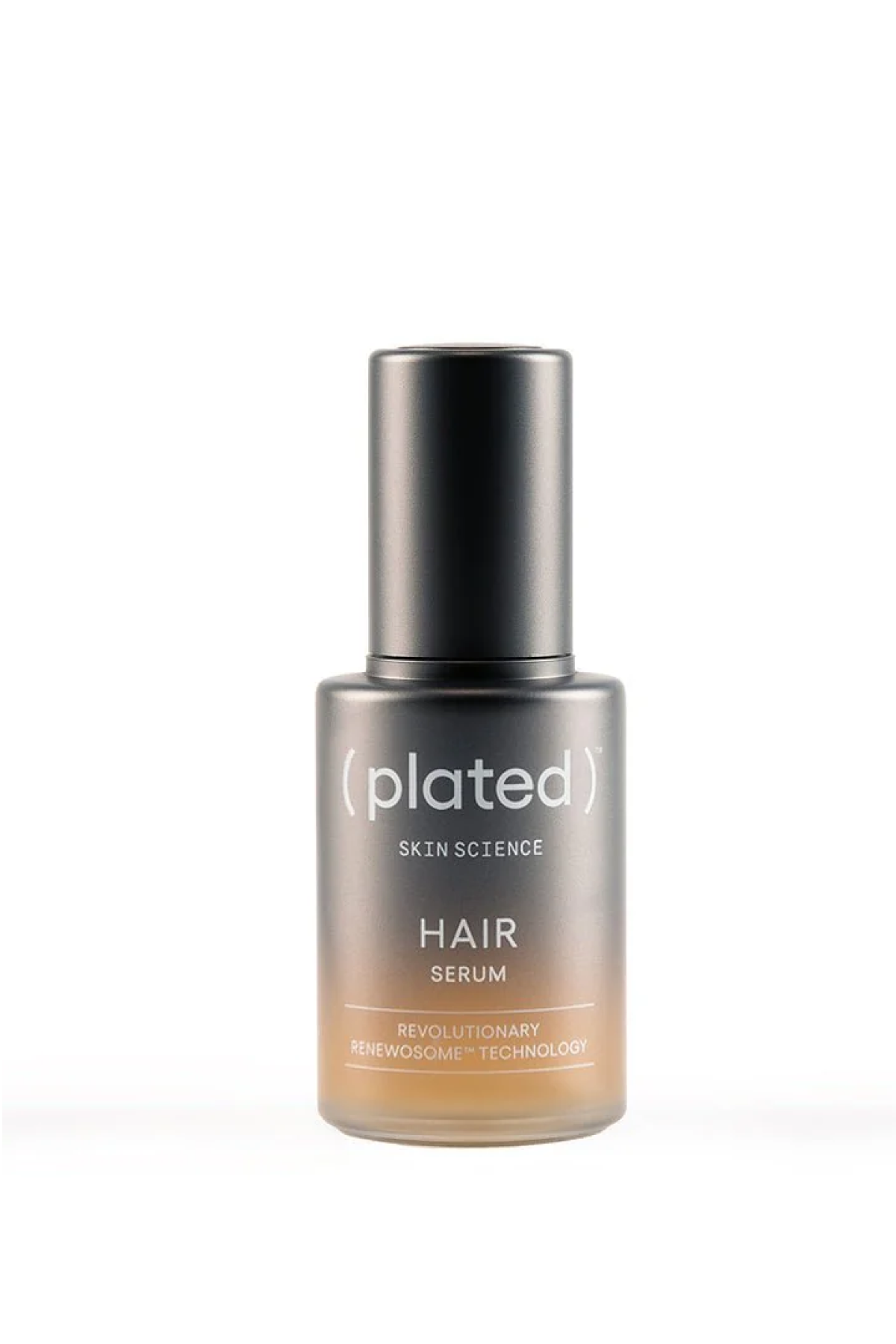
Formulated with platelet-derived Renewosome™ technology, this topical serum can be applied directly to problem areas to help hair retain its fullness, strength, and thickness.
Customer Review: “Midway through my second bottle and my temples are noticeably fuller. I have tried several other big brand GF hair serums, and while all have worked, this one has been the most impressive.” — Plated Skin Science
For
- Helps reduce shedding and breakage
- Delivers nutrients to the scalp
Against
- Expensive
- Takes time to see results
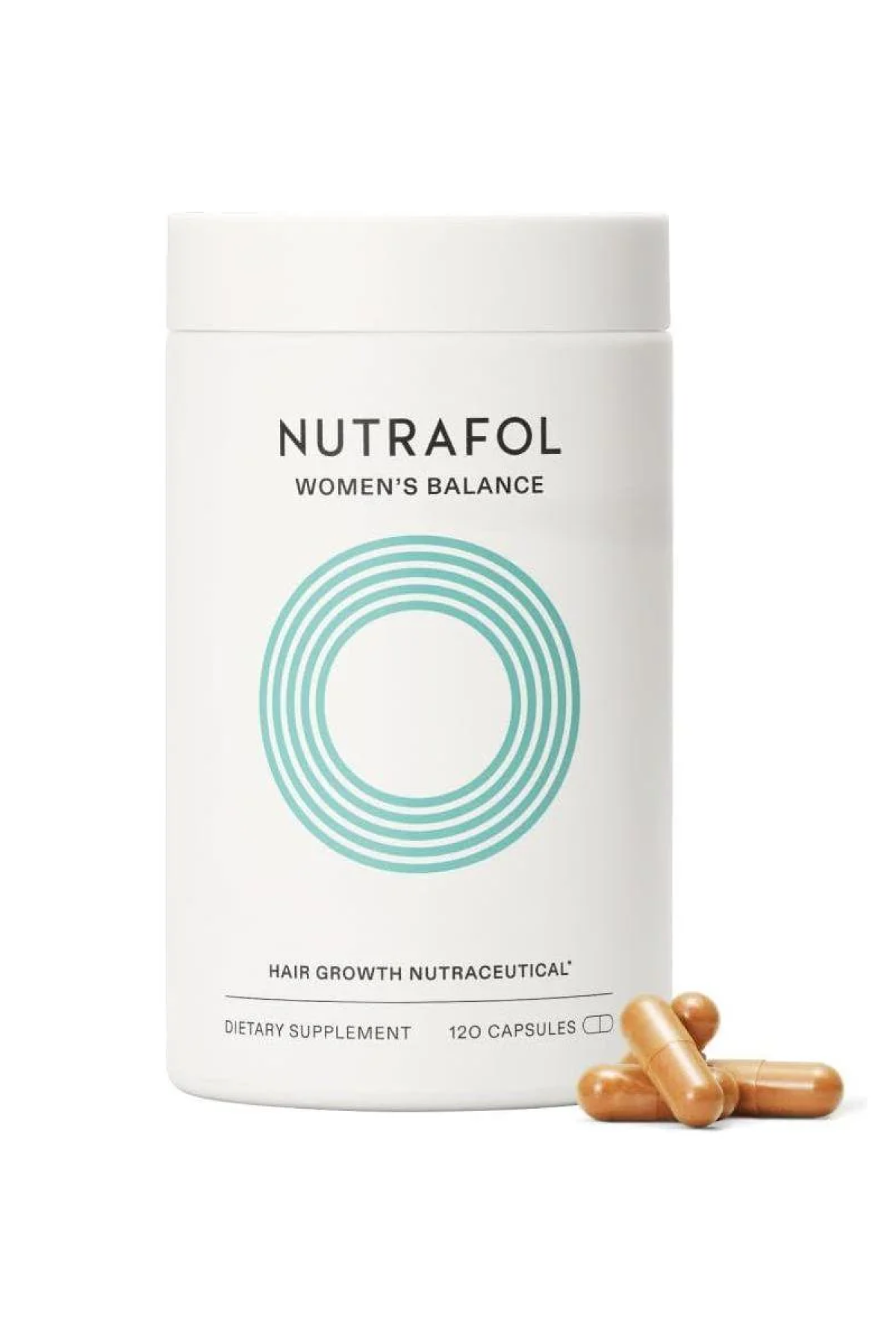
These daily capsules are a long-time industry favorite to address hair loss, with numerous clinical studies to back up hair growth claims. This formula is designed specifically for women ages 45 and older and is loaded with key ingredients including curcumin, saw palmetto, ashwagandha, and maca to support hair growth and increase hair density.
Customer Review: “This product is amazing! I was dealing with a lot of stress and it always shows in my hair. I decided to try out Nutrafol and I haven't regretted it yet.” — Amazon
For
- Award-winning
- Dermatologist-recommended
Against
- Results take up to six months
- Four pills recommended to be taken daily
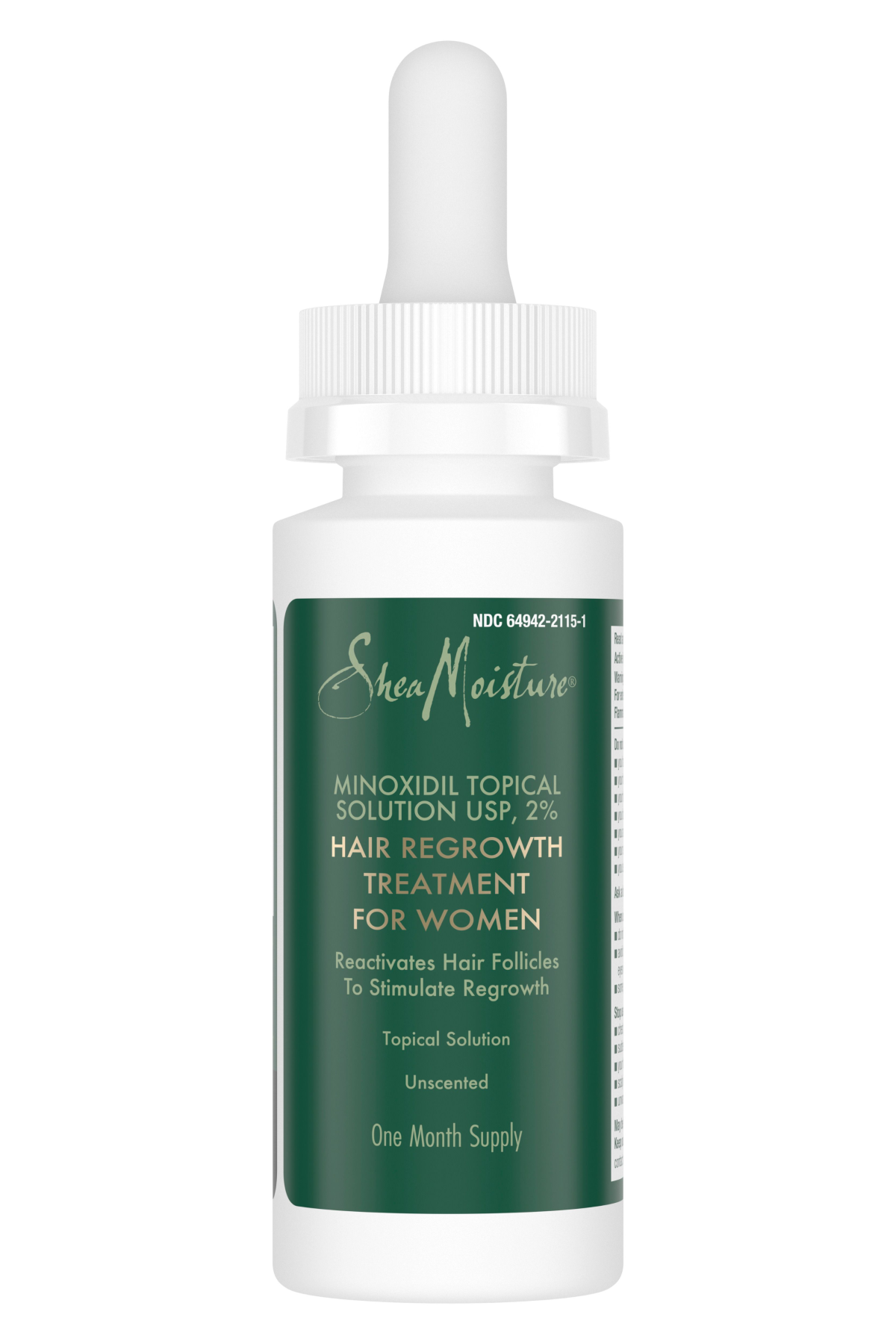
This unscented topical treatment helps reactivate hair follicles to stimulate regrowth.
Customer Review: “Perfect, no scented hair treatment for women that need a little help with hair growth. It’s easy to use and works! The directions are easy to read and the treatment is pretty quick.” — Target
For
- Comes in one month supply
- Affordable
Against
- Needs to be used twice daily
- Contains alcohol in formula
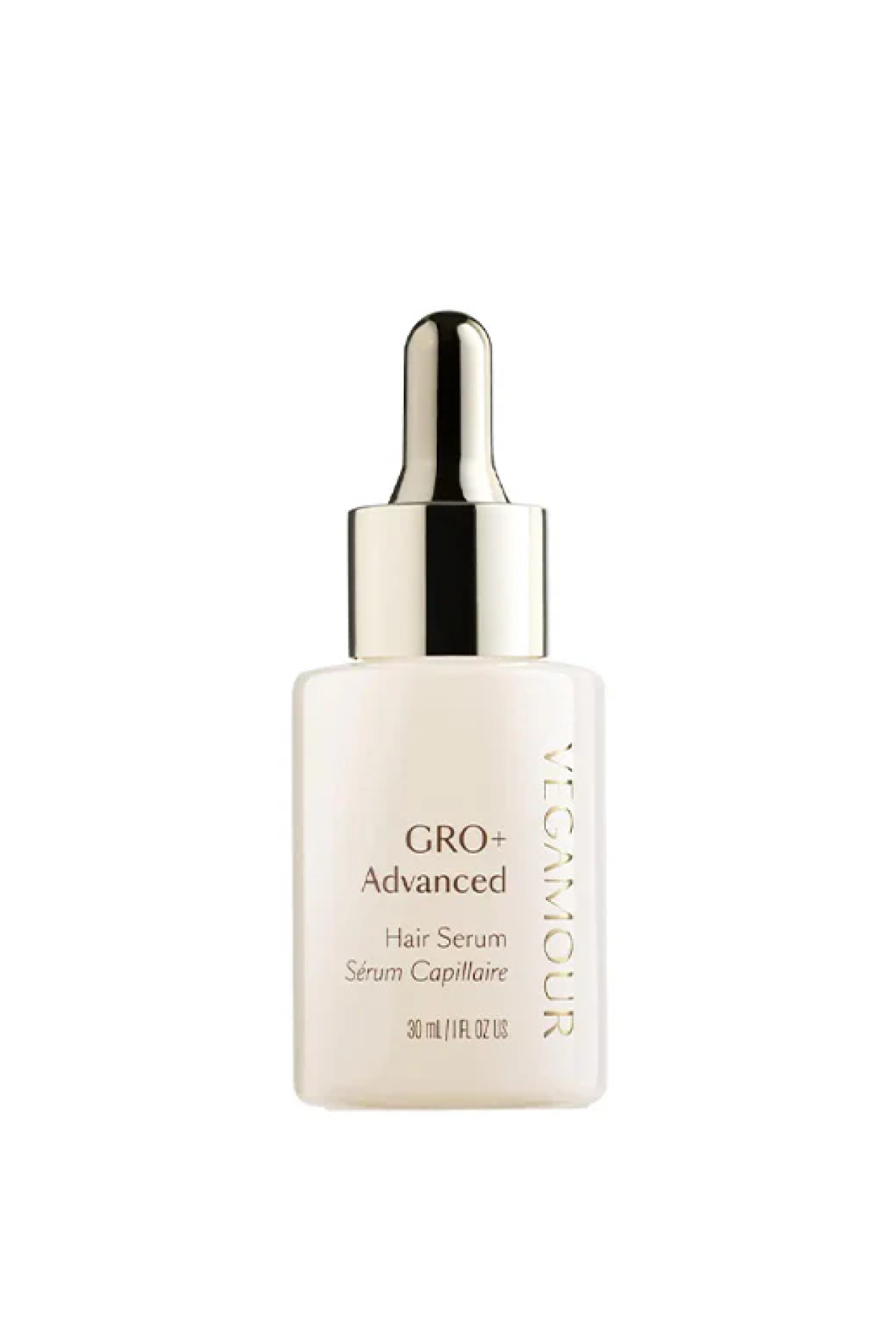
This four-step system was co-created with a dermatologist to address hair issues like excessive shedding, breakage, and hair loss.
Customer Review: “I was blown away by the effectiveness of this Dermaroller! The gentle exfoliation feature has completely transformed my scalp, removing dead skin cells and product buildup without causing any irritation. My hair feels lighter, and my scalp feels cleaner and more refreshed than ever.” — Vegamour
For
- Plant-based, skincare-inspired formula
Against
- Recommended dermaroller head replacement every 30 days
- Shampoo/conditioner may not be suitable for all hair types
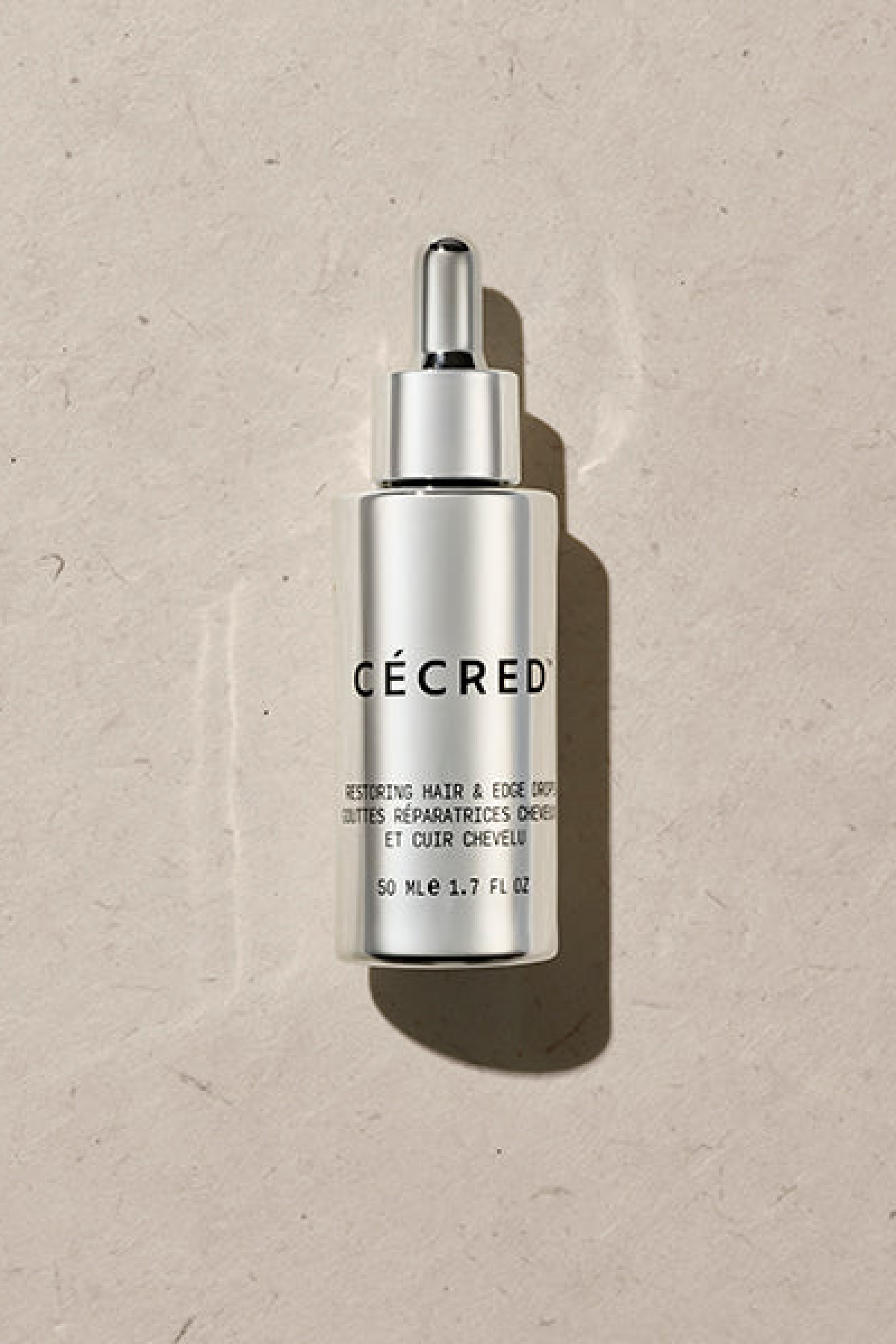
This daily hair serum combines five key growth factor peptides to help support healthy hair growth and improve density up to 1.5x.
Customer Review: “[This] It doesn’t feel like the regular oils. It is so lightweight.” — Cécred
For
- Lightweight
- Can be used with extensions, wigs, and weaves
Against
- Has signature scent which includes oud
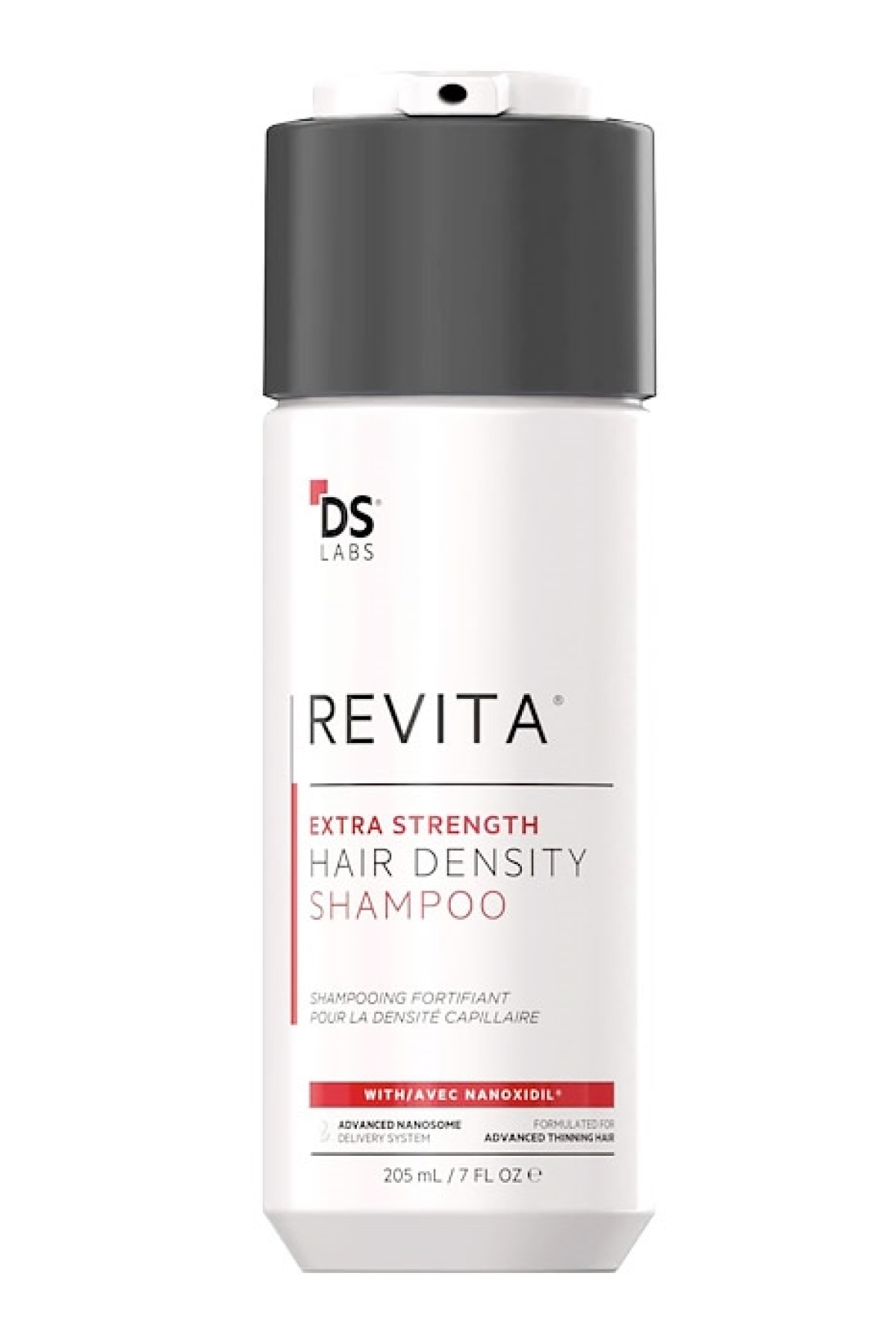
Help minimize shedding during wash day with this hair loss and hair thinning shampoo formulated with 14 scalp-healthy ingredients.
Customer Review: “So far, I’m loving it! I’ve been using this shampoo for about three weeks now, and I’ve noticed a significant decrease in the amount of hair that falls out each day. Hair feels smoother and fuller. I usually wear my hair up, but I’ve started to wear it down more often since starting this shampoo, which is a nice change!” — DS Labs
For
- Gentle enough for daily use
- Safe for color-treated, keratin-treated, and curly hair
Against
- Takes up to four bottles to see results
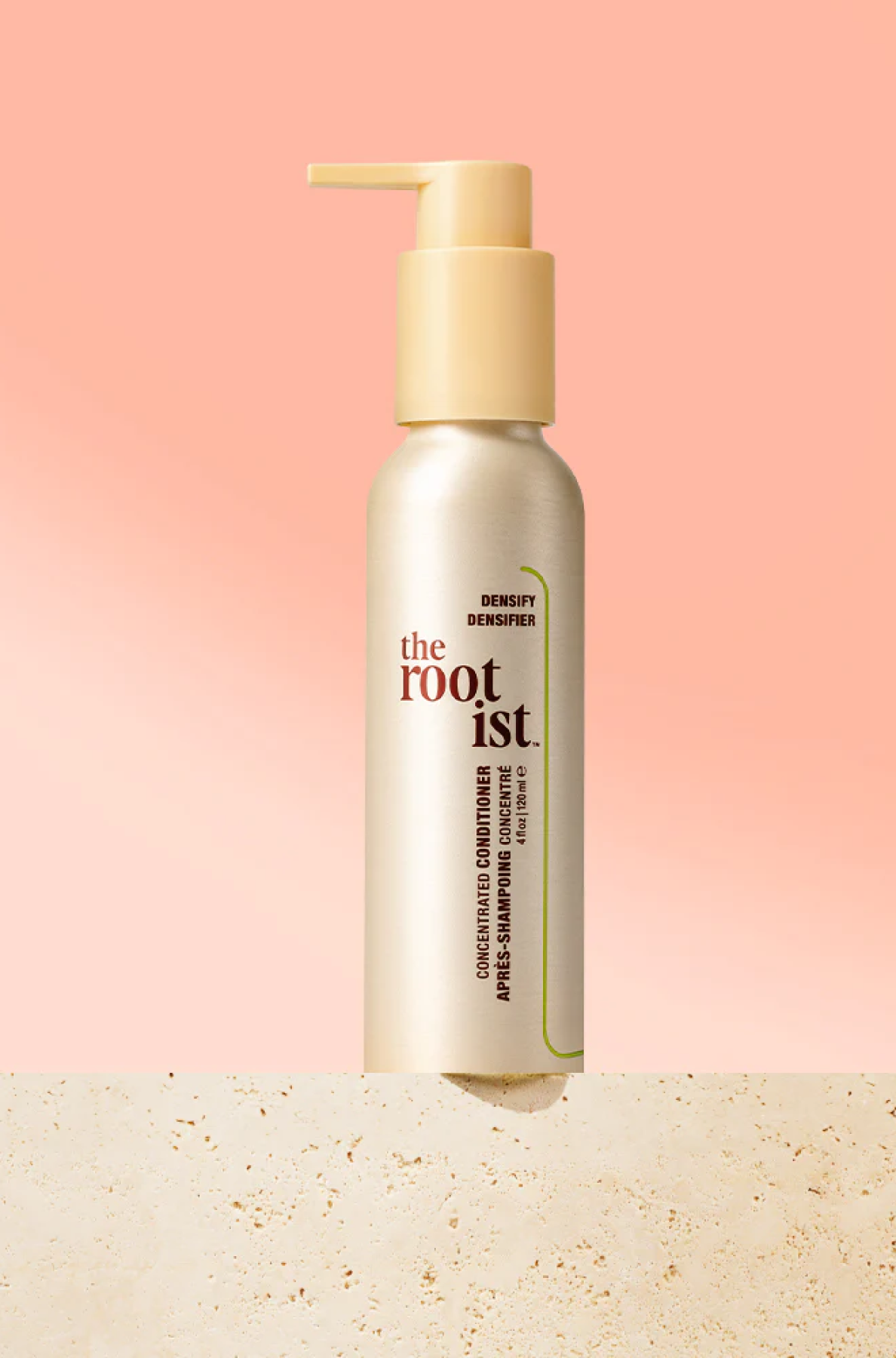
This ultra-concentrated conditioner is formulated with no added water, so only half the amount is needed for each use.
Customer Review: “I really love using this conditioner because usually all conditioners make my hair really thin and really flat. This conditioner makes my hair so full and bouncy and volumized from the top. I absolutely love it and it smells amazing.” — The Rootist
For
- Boosts shine
- Silicone-free formula
Against
- Complaints about not repairing damaged hair
- Not for color-treated hair
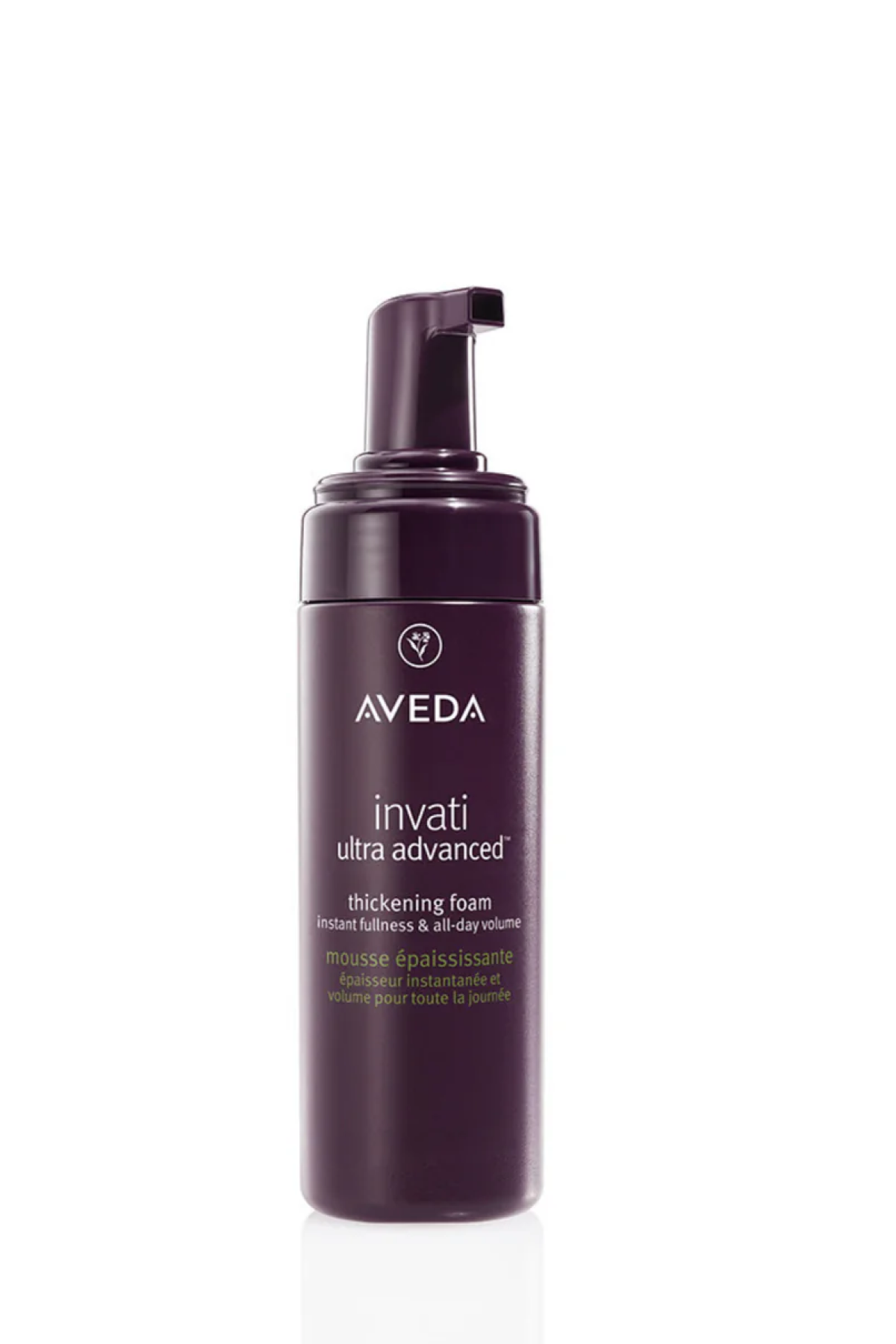
Up the oomph with your next blowout with this styling foam that thickens the look of hair up to 11 percent, reduces frizz, and protects from heat damage.
Customer Review: “I've been using Aveda's Invati Ultra Advanced Thickening Foam with my hair drying routine, and I love how it adds noticeable volume to my hair without feeling heavy or sticky. It gives my fine hair a fuller look, and the formula feels lightweight, leaving my hair soft and natural-looking.” — Aveda
For
- Botanical-based formula
- Easy to use
Against
- Complaints about crunchy, dry texture
Janell M. Hickman-Kirby is a seasoned writer, editor, and brand expert based in Brooklyn, New York currently working as senior brand copywriter at Sol de Janeiro.
A Minneapolis native, Janell moved to New York to join WWD after earning her degree in Journalism from Hampton University and swiftly made her way up in the city’s fashion-culture world, working at the Victoria's Secret headquarters where she assisted on legendary 2008 and 2009 fashion shows.
-
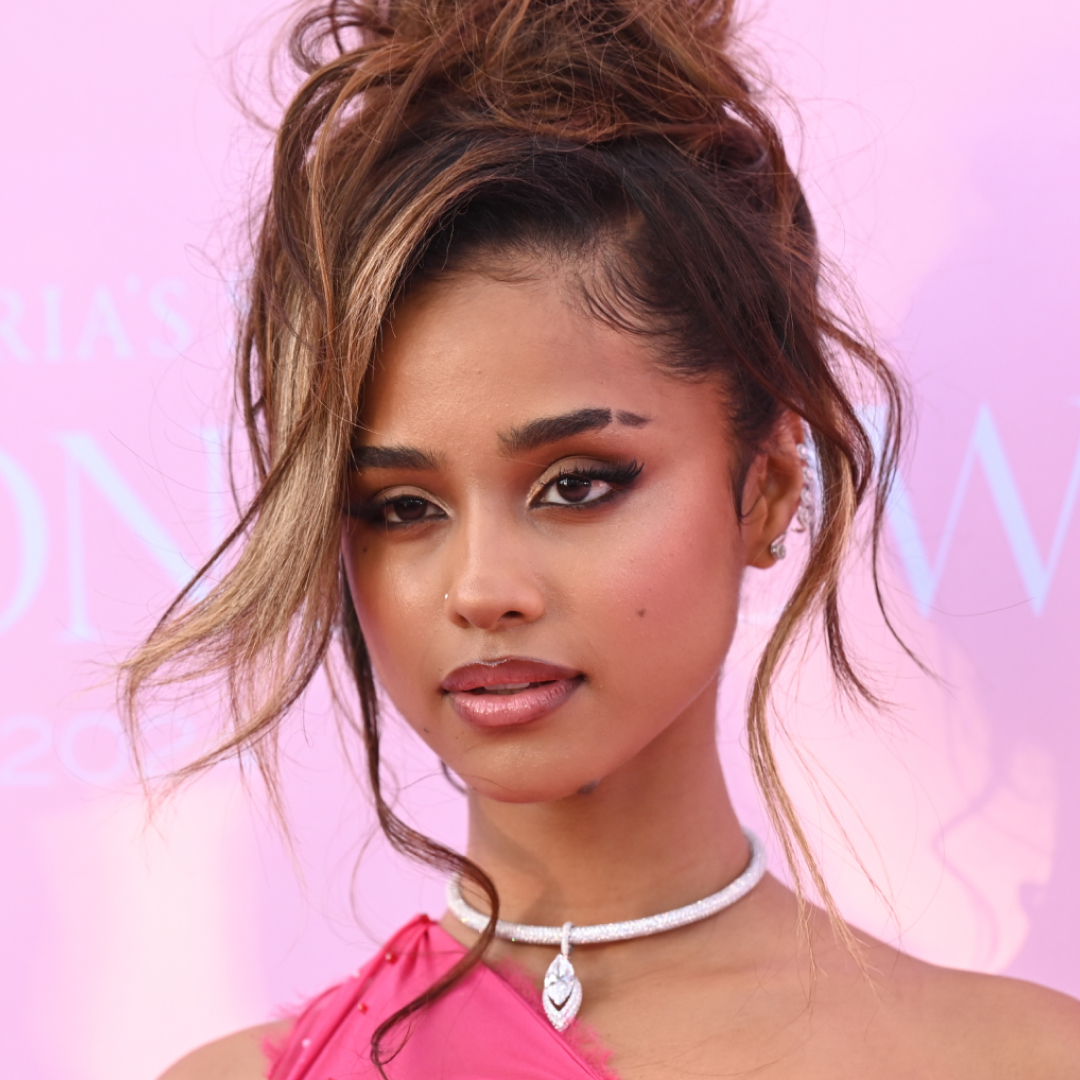 Tyla's Coachella Outfit Pairs Dolce & Gabbana With Pandora
Tyla's Coachella Outfit Pairs Dolce & Gabbana With PandoraThe singer wore a gold version of the crystal bra made famous by Aaliyah.
By Amy Mackelden Published
-
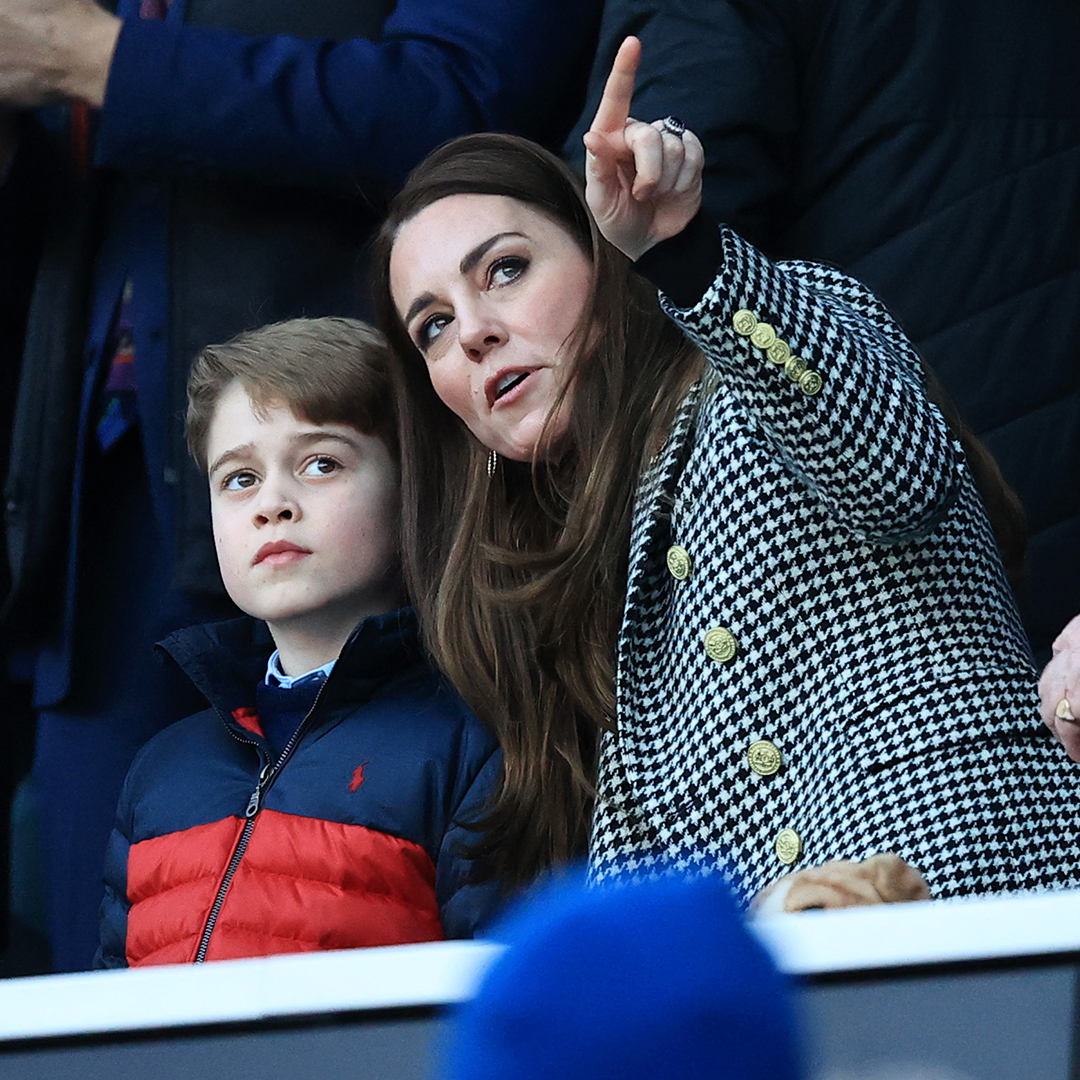 How Kate Middleton Is Influencing George's Fashion Choices
How Kate Middleton Is Influencing George's Fashion ChoicesThe future king's smart blazer is straight out of Princess Kate's style playbook.
By Amy Mackelden Published
-
 King Charles "Couldn't" Meet Prince Harry During U.K. Visit
King Charles "Couldn't" Meet Prince Harry During U.K. Visit"It could actually bring down a court case."
By Amy Mackelden Published
